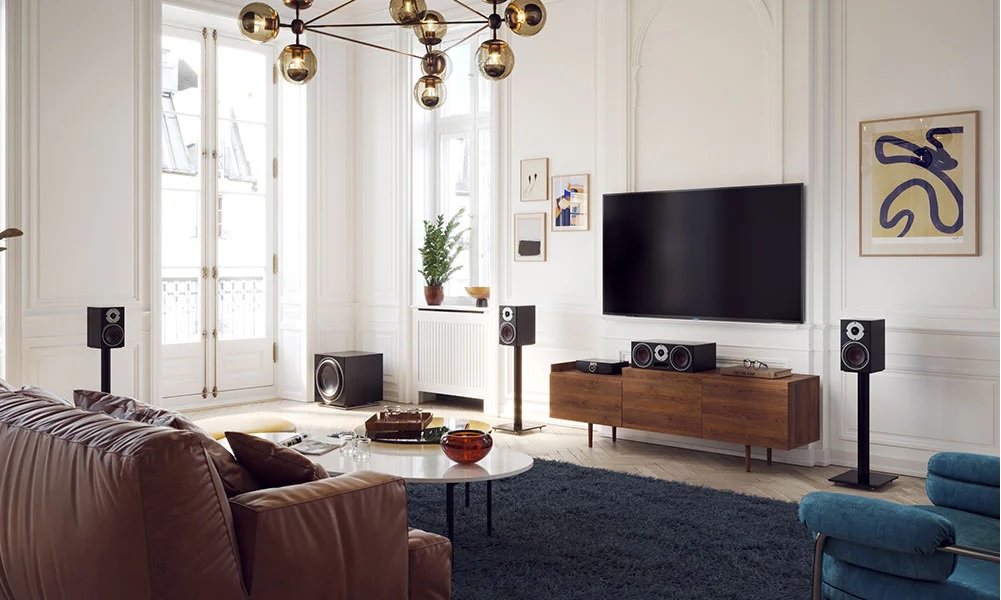“Staying on budget” and “new custom home construction” seem mutually exclusive for the uninitiated. Even the savviest homeowners land in financial hot water when impulsive upgrades or missteps mid-project send budgets skyrocketing. Preventing budget-busting changes requires discipline, contingency planning, and constant vigilance from the initial blueprint through the finishing touches.
Realistically assess needs upfront
The budgeting missteps often start right from the beginning when homeowners let unrealistic wish lists and opulent design choices dictate plans rather than genuine needs. Be honest about the spaces and features your household truly requires. Downsize or right-size extras that escalate project scope beyond your budget’s limits. There is wisdom in building thoughtfully under budget vs. maxing out resources for extravagance unlikely to get used long-term. Think 20-year functionality over the wow factor. Bank on the reality that a project’s final costs often exceed initial estimates. Once establish your budget based on builder proposals and estimates, pad projections by 10-15% for contingency funds covering the unexpected. Avoid temptations to build to the max budgeted amount. Build in healthy contingency cushions that give you flexibility should some estimates prove low.
Challenge every upgrade
When exciting options for upgrades like premium appliances, tech enhancements, or specialty finishes come along, avoid saying “yes” automatically without scrutinizing the costs vs. benefits relative to your budget and priorities. Create a master wish list then ruthlessly cull choices delivering minimal extra value. Beware of upgrade brain, where improvements seem irresistible at the moment, necessitating discipline. Upgrades that are truly essential, look for areas to downsize elsewhere to offset costs.
Select materials and fixtures strategically
Certain finishes and architectural details align with budgets better than other premium options. For example, painted wood cabinets offer a fresh modern look for less than exotic imported wood. The ceramic tile fits bathrooms nicely at friendlier price points than sprawling marble. Get creative in blending high-end and budget-friendly elements like luxury materials in powder rooms and economical flooring balanced with premium countertops. The sum of all parts should reflect priorities.
Challenge add-ons and change orders
Redesigns, additions, or modifications mid-project are prime budget busters. Before approving any add-ons or change orders, seriously scrutinize the upside relative to costs and delays incurred. Don’t let scope creep pulling you off track from original plans and budget. over here, demand builders display adequate credits for any removed original scope. Be diligent in finding savings elsewhere.
Tap contingency funds cautiously
Avoid viewing contingency funds as “extra” money. This reserve should only be used when legitimate cost overruns or high-return upgrades emerge. Otherwise, stick to allocations. If you blow through contingencies on minor upgrades early on, you lack this buffer later when significant overages arise. Only tap contingency dollars after seriously weighing the value added relative to risks. While the total budget is adequate for the project overall, go into construction prepared for ebbs and flows in cash outlays. Late change requests, for example, require lump payments when funds are tight. Closely communicate with your builder to understand upcoming cash flow demands and have funds readily available to avoid financing shortfalls.

